A New Destination – Game Informer

Introduction
There are always bumps on the road, including unexpected potholes, heavy traffic and frequent pit stops. You may experience long stretches without any traffic and then your mind wanders off to find a way to get you there. The open road can sometimes give you a feeling of freedom, while other times it makes you feel stuck. However, the memories that help us power through the tedium often stick – singing along to a classic, having a heart-to-heart conversation, or observing a surprising sight.
Fullbright was a Gone Home designer who experienced all the emotions of creating a game that revolved around a roadtrip. Open Roads was the first trailer released two years ago. And rightfully so, as it centered on a mother and daughter’s journey to discover more behind their family history – a different set of protagonists than we usually see in our video game adventures. Not only was the hand-drawn artwork a hit, but so were the high-level roles played by Keri Russell and Sarah McMaster.The Americans, Star Wars Episode IX: The Rise of SkywalkerKaitlyn and Kaitlyn deverBooksmart and Dopesick).

The reveal got people talking, and a year later, people were talking again – but for more complicated and alarming reasons. Numerous allegations of mistreatment against Fulbright founder and Open Roads creative Director Steve Gaynor led to him resigning from the project. Outside of the concern for a healthy working atmosphere and the employees that suffered, many questioned if Open Roads would survive the turmoil and not get lost in the wreckage of Gaynor’s negative actions.
A small team wanted to ensure it didn’t, staying on and finishing the game. They knew that the game needed major changes and the way the studio worked together on projects. They needed to put the studio’s previous, damaging leadership style in the rearview mirror.
That’s how they found a different route to get back on the roads.
Modifying the plan
Modifying the Plan
Open Roads cannot continue to develop as it was. The studio’s bureaucratic structure was hurting everyone involved, and the best option was to remove Gaynor altogether. That wasn’t the simplest decision as he owns Fullbright. When news of Gaynor’s harmful management hit, the Open Roads team posted a statement on Twitter. Gaynor was to step down from his role as creative director, and he would become a freelance writer. However, that’s no longer the case.
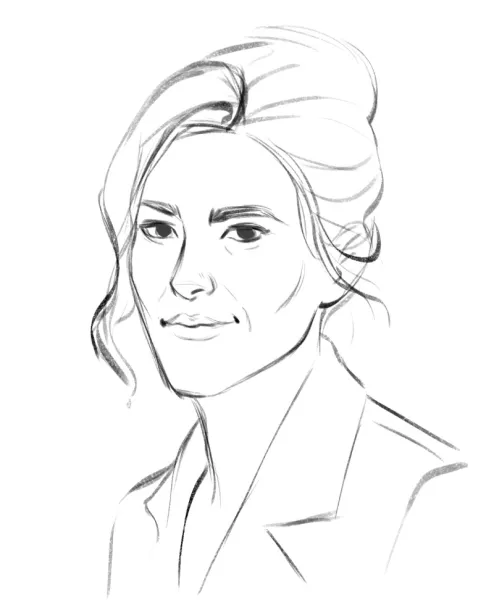
“When that last information came out, we were still kind of figuring out what role Steve [Gaynor] was going to play in Open Roads as he still is the company’s owner, so it’s kind of an unusual situation,” says art director Noël Clark. “But as of June of 2021, he hasn’t really had any involvement in Open Roads. We’ve taken it and made it our own.”
Next came the decision of which Fullbright employees wanted to continue working. Since 2019, development had started, fifteen employees had left the project. The developer was puzzled by the number of people who came and went from the project. Open Roads was made simple by the remaining employees. After that, they had to make a decision about whether the game would be completed. Six of the team members agreed. “It felt like there was still something about the game that we found very compelling,” says engineering lead Aaron Freedman.
Executive producer Amy Fincher was the only one who wasn’t with the team before Gaynor left. As the new information became available, Fincher accepted the job. “It was Noël [Clark] and another person on the team that came to me and were like, ‘Hey, full transparency, here’s what’s going on: All these changes are happening, and we still want you on the team but now that it’s a little different than what we had talked about before, do you still want to do it?’” Fincher recalls.
Although she’d never had to work with such a dynamic team before, she felt that her experience was valuable. “I felt like there were things I could do to help this team to restructure and figure out a plan to finish this game with a very different team composition,” she says. “Also, just helping out a team that had been through a lot and had a lot of unique needs. It’s very challenging for us, but as a producer, it’s the kind of thing that I really like to do – try to make a difference in how a team operates day to day.”
Realize Your Potential
Accomplishment
It’s one thing to say you’re making changes; it’s another to make them. Fincher said that her first task was to listen to everyone about their experiences and what they want for the future. Full transparency was also a priority.
“Everybody knows everything,” Fincher says. “Everybody participates in all major decisions, and the budget is somewhere where anybody can look at it at any time, which was a big change in a lot of ways. It was a relief for me because in the past, as a producer, I’m kind of encouraged to really focus on giving the right information at the right time. And now it’s more like, if I know something, everybody knows it. It’s an easier way to work in many ways, and I enjoy it.”
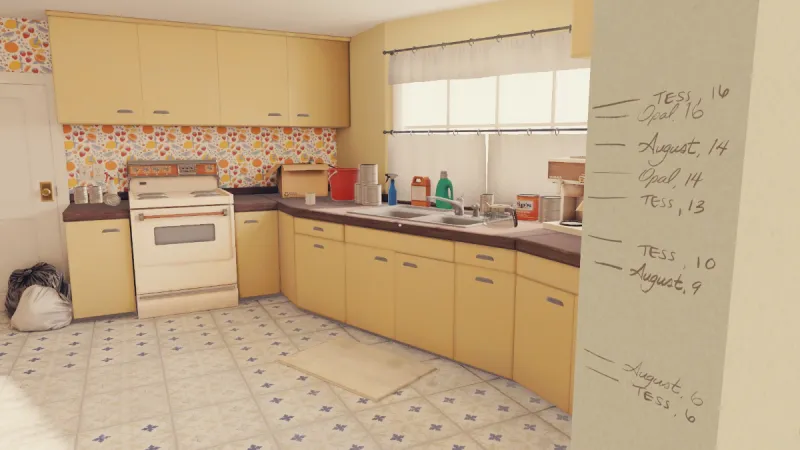
Open Roads was able to create a new direction thanks to the shift in mood. “The really impactful thing that I immediately noticed was the kind of the discussions that we were having,” Freedman says. “They were very open. They were open to sharing ideas and suggestions about how to improve the game. It was very refreshing – that first moment of, like, ‘Oh, we’re going to really just look at this game and decide how we want to move forward.”
Harrison Gerard is a graphic artist. He had previously to submit suggestions for approval up and down the ranks. But he saw a significant shift in his responsibilities during the new development phase. “It kind of switched overnight into me and Noël [Clark] being like, ‘Oh, it would be cool if we had a phone memo sheet or a Playboy magazine or something like that.’ And then we’d just make it and put it in the game. It’s a lot more responsibility, but it was also super creatively freeing to go from having just a laundry list of things that someone else thought should be in the game to stuff that you were creating out of whole cloth.”
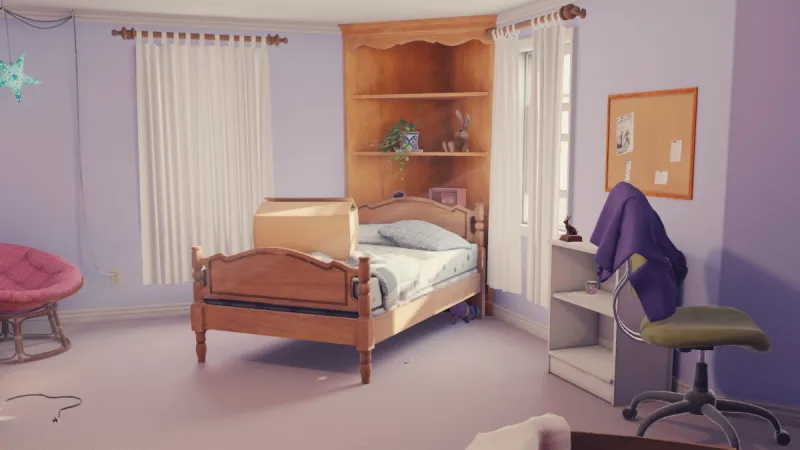
They were full of new energy as they sat down and looked at the game. It could be their story, a group effort – not one person steering the ship. All of them had to get on board together. “I think the really important thing for Open Roads is that it is not any one person’s vision anymore,” Fincher says. “It is a collaboration, from design to story dialogues. Even on the individual objects, we put names and words that are important to us in the game … so that fingerprints are on it beyond just the kind of behind-the-scenes collaboration we’ve done.”
Reveal the Journey
Journey revisited
Open Roads’ story was nearly three-quarters written and a quarter recorded by the voice actors when Fullbright restructured. “It was very interesting constraints to work in, but we also had a story [where] the basis really resonated with us,” Gerard says.
Fullbright insisted on keeping the essence of Fullbright’s story, which was that a mother-daughter team discovering more about their families and family history while traveling together. However, the team decided that the narrative should be more relation-centric. [see Tess and Opal’s Relationship sidebar]. “We took the story from something that was really plot-focused on this kind of Goonies-esque road trip zany thing,” says Gerard, “to something that was much more character-focused and looked at the relationship between the mother and the daughter much more explicitly.”
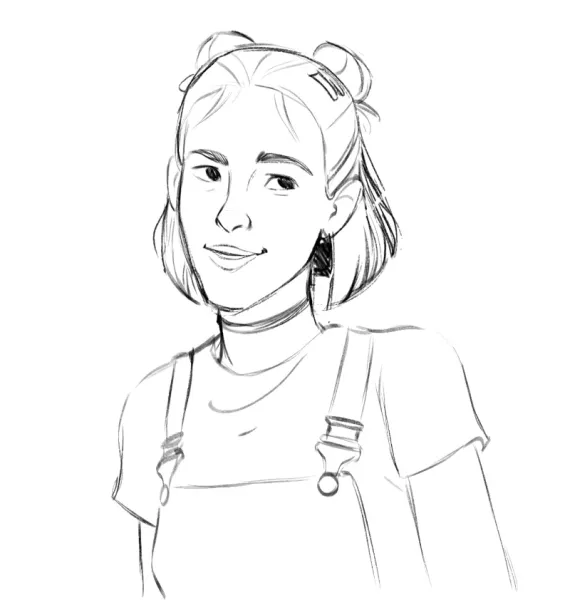
“A lot of the changes that we made had to do with editing things down, where it’s like, ‘Okay, here’s this plot element or here’s this element of the family mystery, and does this help us understand Tess and Opal?’” Fincher adds. “We made sure that all of the energy that we put into rewrites was all about these characters and making sure that as you play through the story, you see how their relationship evolves and changes.”
The death of Opal’s mother and Tess’ grandmother is still what triggers their sudden road trip, and the mystery is still uncovering a big family secret. “As often happens when a family member passes away, you are looking at their stuff, and sometimes that starts conversations and inspires questions,” Fincher says.
This road trip is set in 2003 and takes you through Michigan, along with the border to Canada. The story is told through the eyes of Tess, a sixteen-year old girl. “Tess is an exuberant young person who firmly believes that she knows what she wants, and she’s kind of spunky,” Gerard says. “With Opal, I think they’re more similar than they would care to admit. Opal is a bit older than me, and has a similar drive. We wanted to emphasize their humor and added dialogue. [for].”
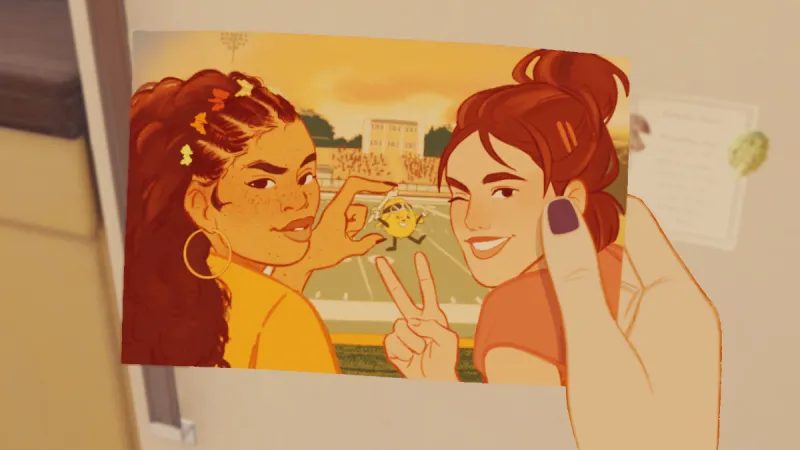
During the trip, you have dialogue choices, but they won’t have big implications on the narrative, ending, or character personalities. “There is a really subtle way that we’ve approached the design of these choices,” Freedman explains. “You’re playing as Tess, and you get to make choices in dialogue as Tess, but you don’t get to decide who Tess is fundamentally. You don’t get to decide how she relates to Opal as a human being. But what you do get to do is roleplay as her, and you get to sort of affect the way that she navigates through these discussions and the world.”
As this is a Fullbright game, it still has the structure we’ve come to know: exploring objects and environments to obtain more information and clues about the people and story. This team compares exploring to the way you approach dialogue options. “There’s a lot of objects you can choose to interact with or not, and which ones you look at will fill out your picture of what’s going on in the story and what’s going on with these characters,” Fincher says. “That’s also what happens in the dialogue; you choose what aspect of these characters [you] want to explore in the moment.”
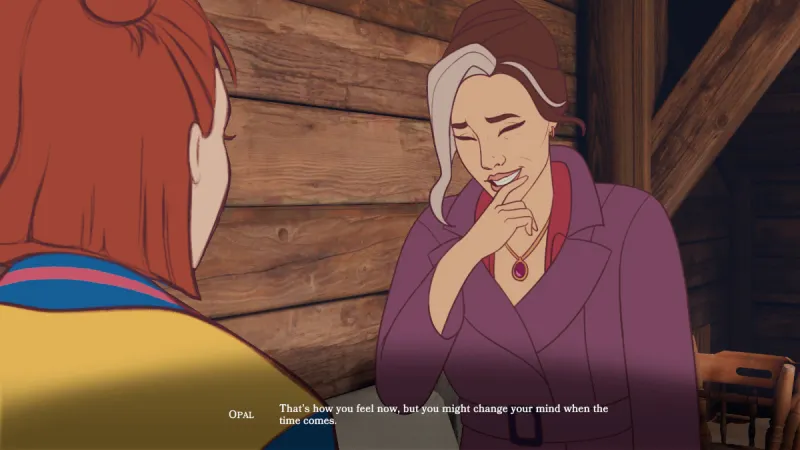
You also won’t spend the entire time in a car trying to hold a conversation while passing cornfields and cows. “It’s not about belaboring it and trying to simulate the experience of a road trip but to capture that feeling of it,” Freedman says.
Fullbright thought it was interesting to focus on Opal, Tess, and their differing feelings during the drive. “We talked a lot about what is it like to be trapped in the car with your mom,” Fincher says. “So the focus was less on how do we recreate going on a physical journey to another place and more on how you feel when you’re stuck in the car with your mom. Talk about what kind of topics do you like to talk about. What things might you do to annoy her?”
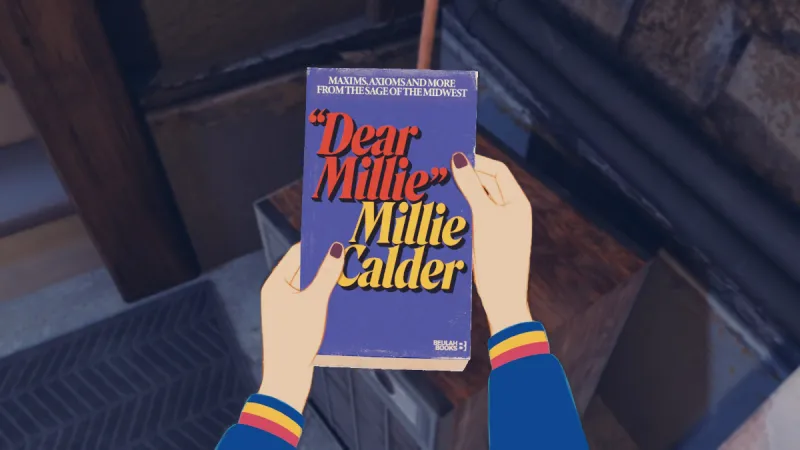
There are many stops. “If what you like in a Fulbright game is the ability to go around interesting environments, pick stuff up, and learn about the people who live there, you will like this game,” Gerard says. “That’s still a huge focus and something that we care a lot about.”
Fulbright would like every location you go to to be a part of a story or have shady secrets. You often explore abandoned properties, which fit into the game’s larger themes. “A lot of times, it’s about understanding what used to be there, what it was or what it could be, or what it didn’t become,” Freedman says. While Fullbright didn’t want to describe specific places to avoid spoilers, the team did share more about their essence. “It almost has that gothic quality of areas that have some sense of either absence or decay,” Fincher explains. “I wouldn’t quite say like liminal, but there is that kind of mood throughout.”
For example, one of the destinations you explore has a ’60s aesthetic. You aren’t going back in time, but you’re seeing this place that hasn’t been updated or touched for a while. “It was really fun from a design perspective to think, ‘What are the trappings of this era, and how can we make stuff that is very recognizable as being from there without feeling overly kitschy?” Gerard says.
They also introduced a couple of new layers for exploration. It’s okay to be as curious as you like, but it is possible for another person to weigh in if they find anything interesting. “[They’ll] give you more information or be really cagey about it, making you even more curious about what the deal is with this thing because they won’t tell you,” Fincher says.
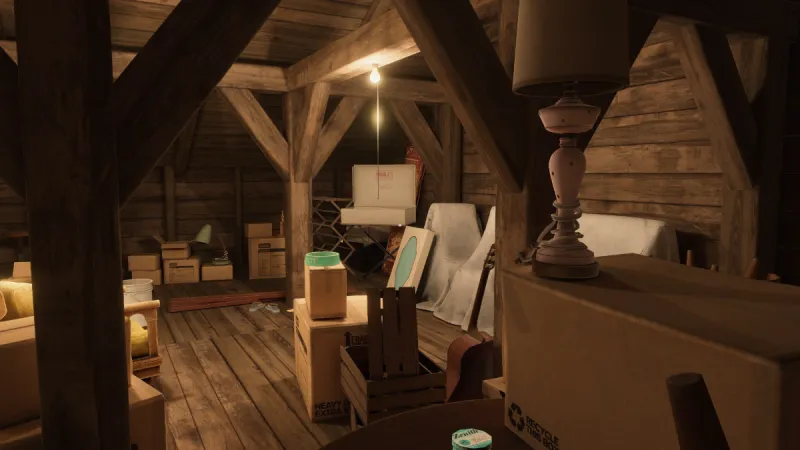
Turning the Key
Turning the key
Fullbright has started to move towards its final destination and is currently preparing Open Roads for publication. The team says they’re currently wrapping things up and putting final touches on the game. In the next few months, they will be able to establish a date. After surviving the trip’s rough course, the team is proud of what they have been able to achieve. They’ve managed to put their own mark on the game and enact change at the studio. Like many people experienced when they saw Open Roads’ debut trailer, the remaining members at Fullbright saw something and didn’t want to leave it behind. The excitement is palpable as the team discusses Open Roads and their excitement for people to play it, but it’s also clear they’ve come out of the process with a lot more knowledge and a better path forward.
“The short version for me is that hard things are worth doing,” Fincher says. “It’s harder to have transparent processes in a lot of ways than it is to have them limited. It’s harder to always keep every single person on the team in the loop on all things. Our team was small enough to make this possible. We are grateful for your cooperation. [a] 100-person team, I don’t know if that’s possible. But I think that one of the big takeaways for me is that it’s worth examining these kinds of things and seeing if sometimes that time investment, that extra time investment can really yield great results.”
Original publication: Issue 347, Game Informer.
#Destination #Game #Informer








